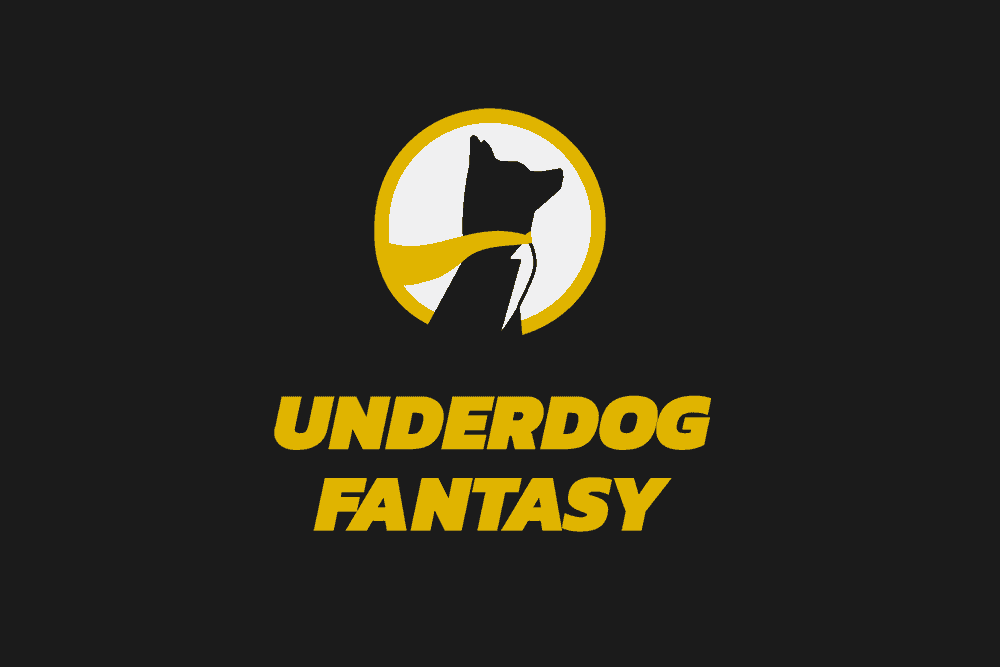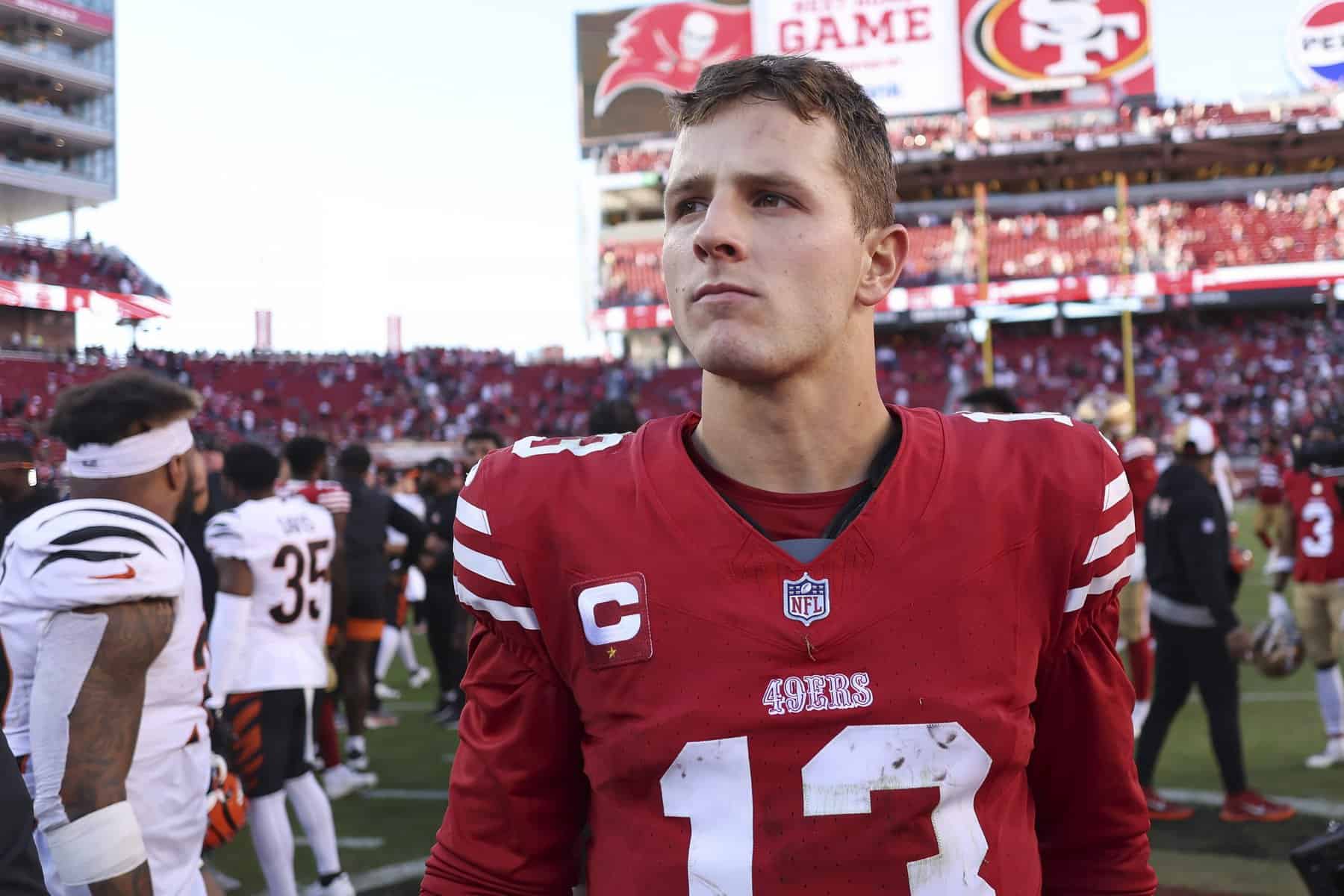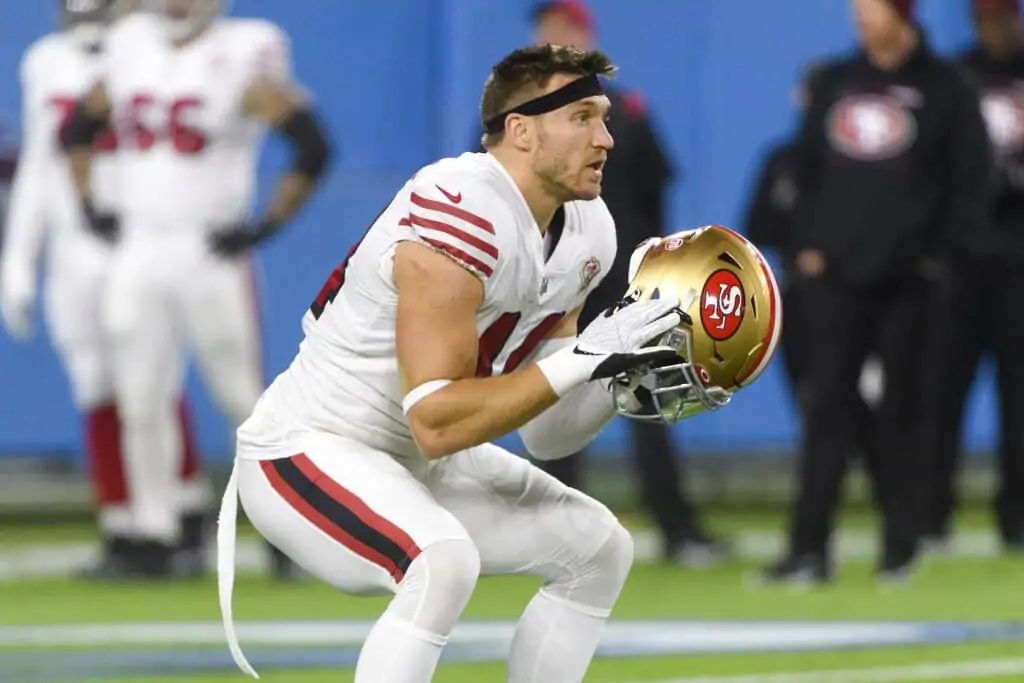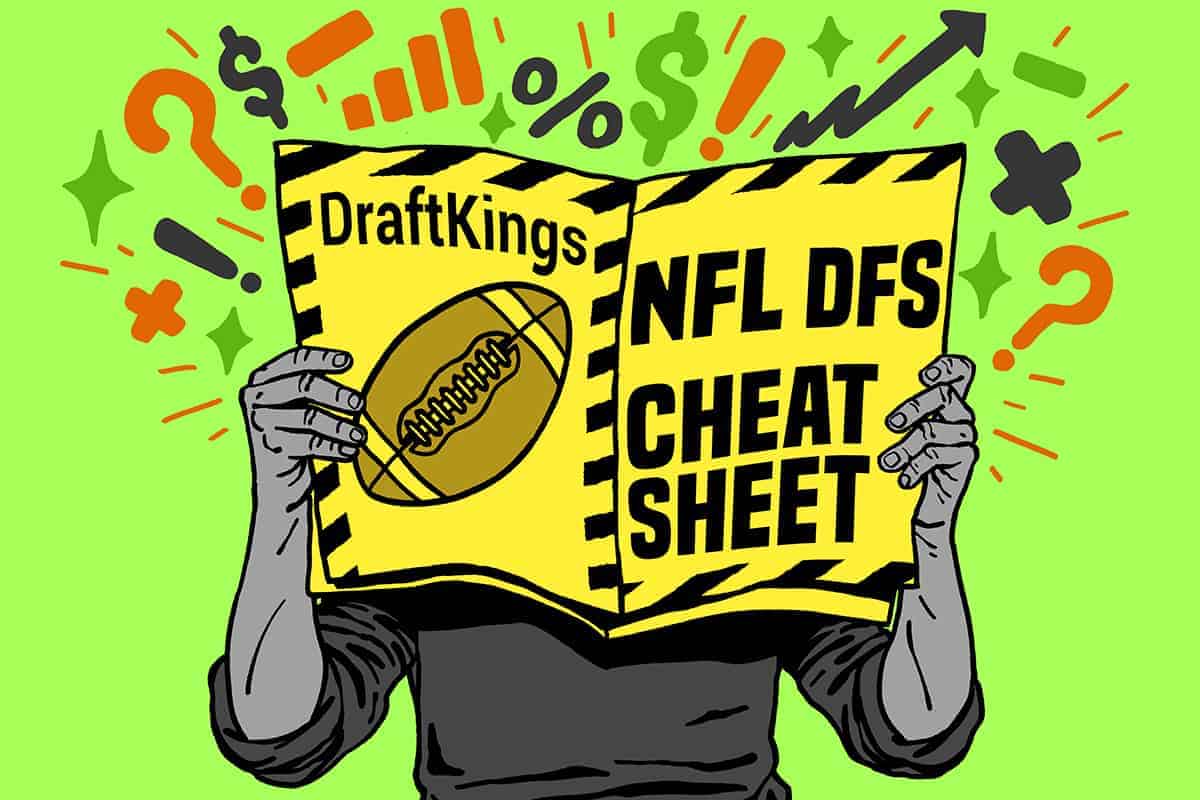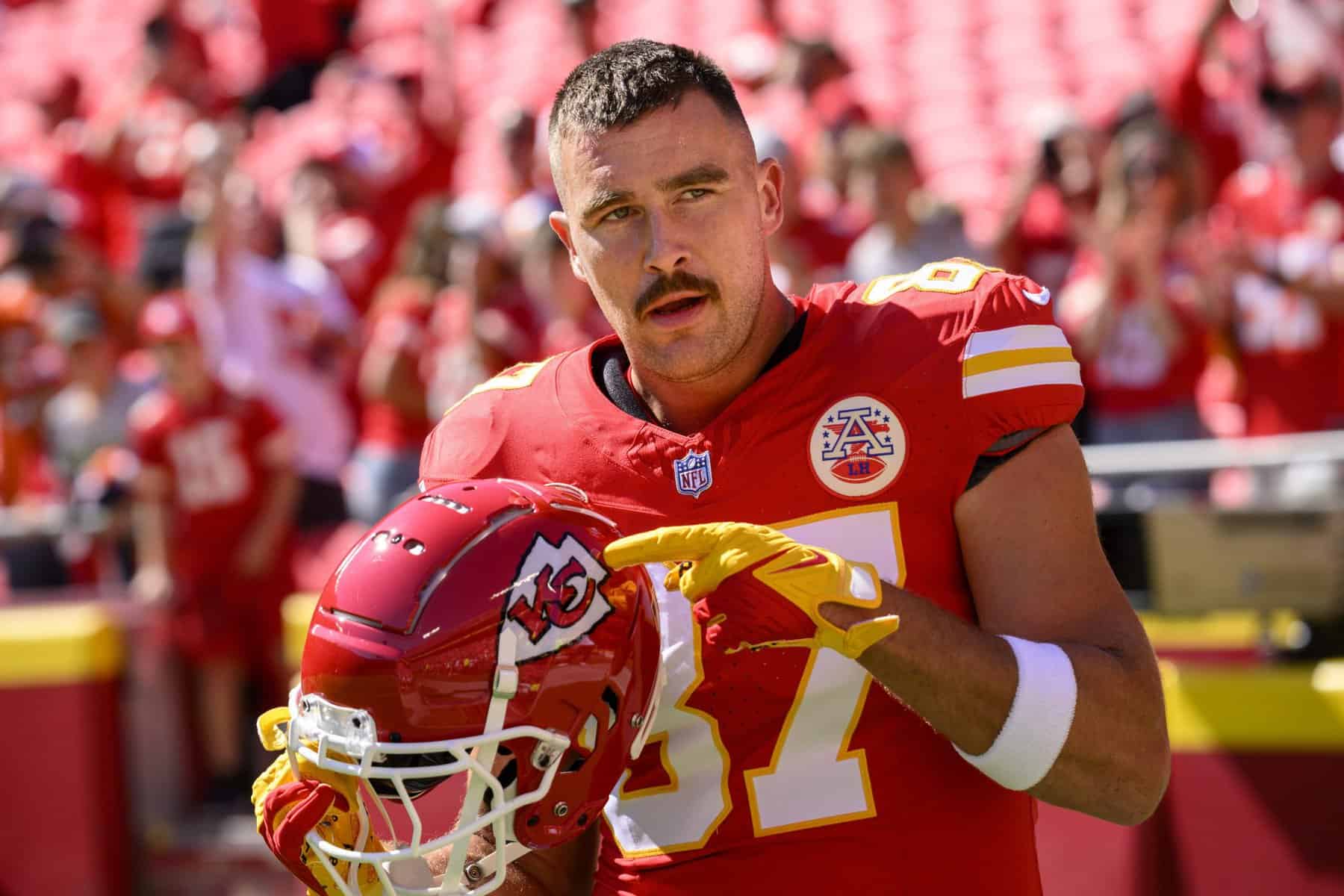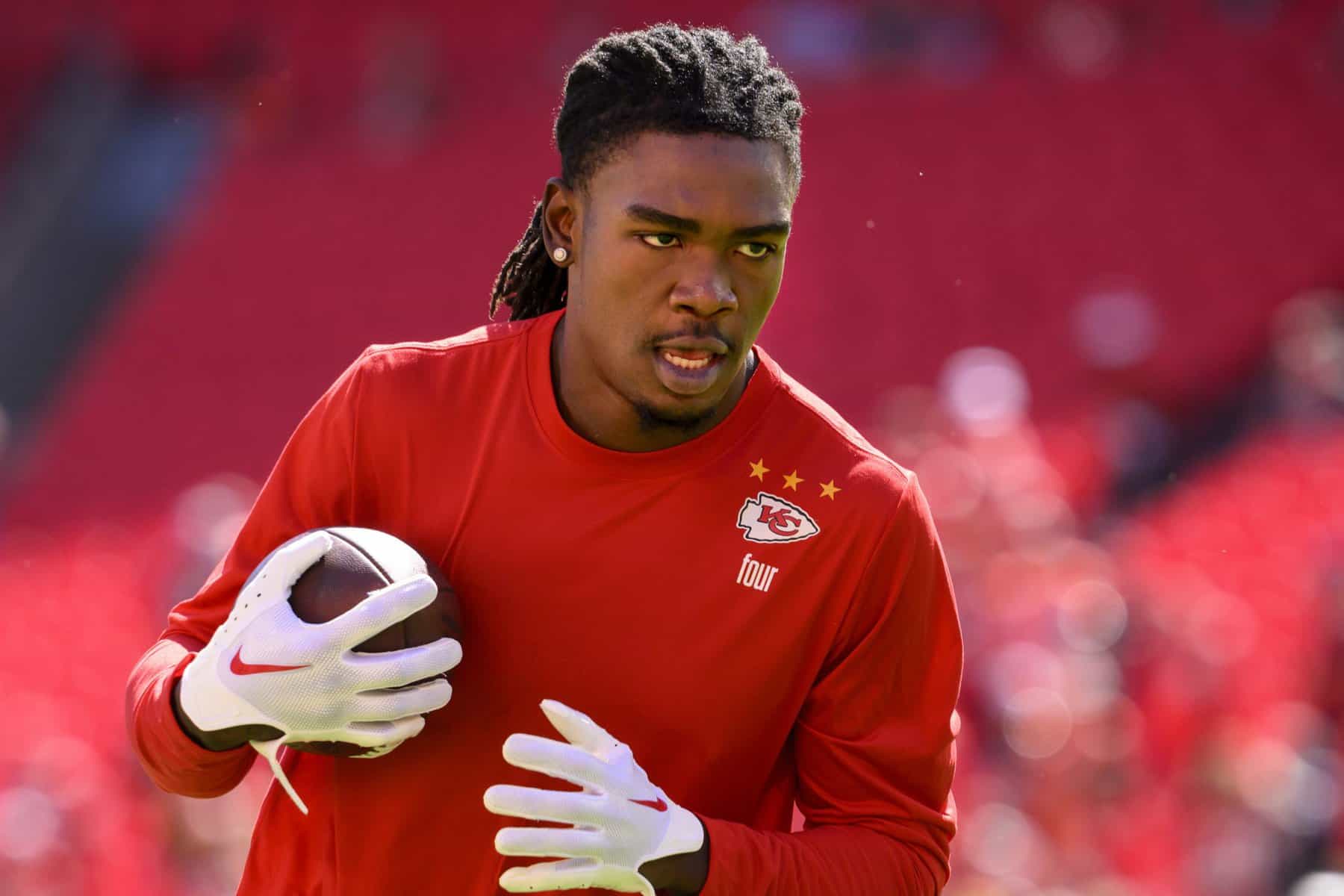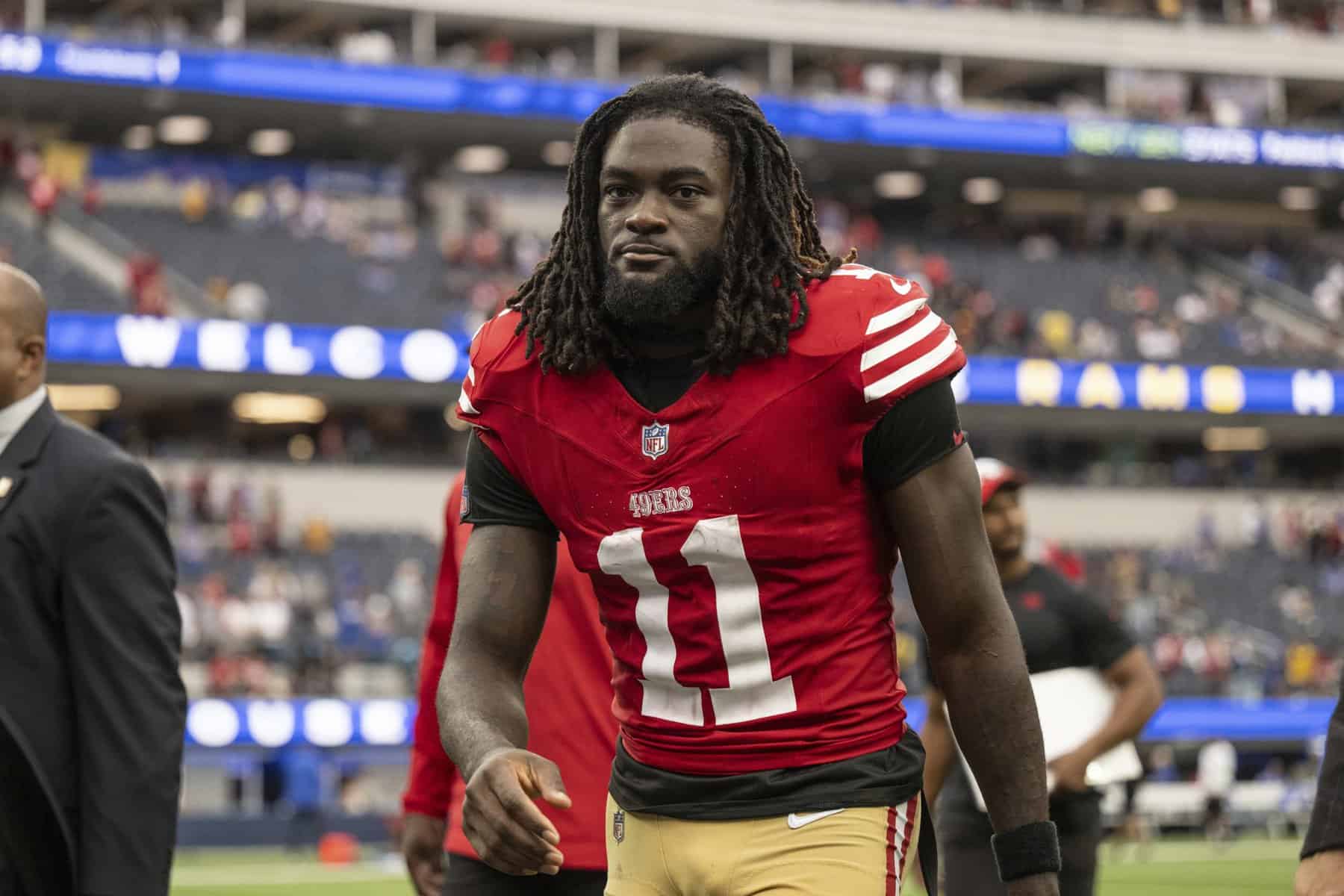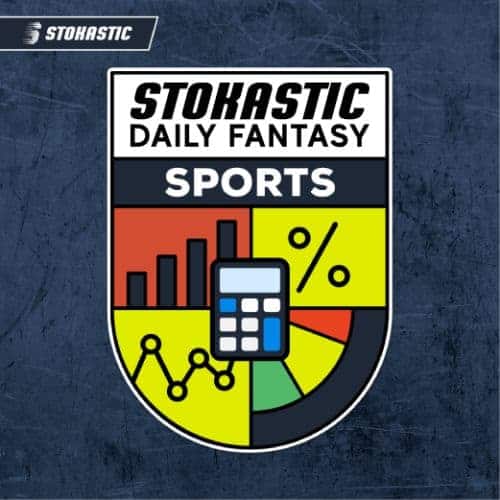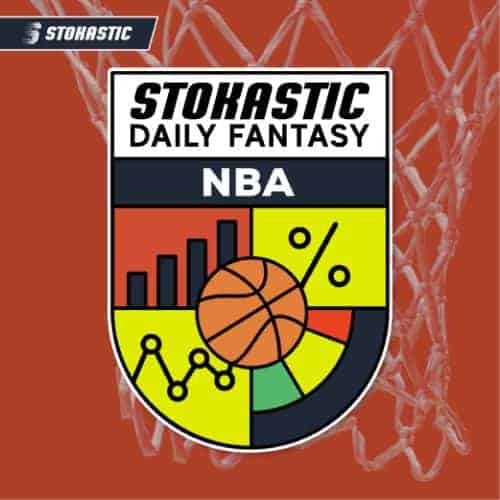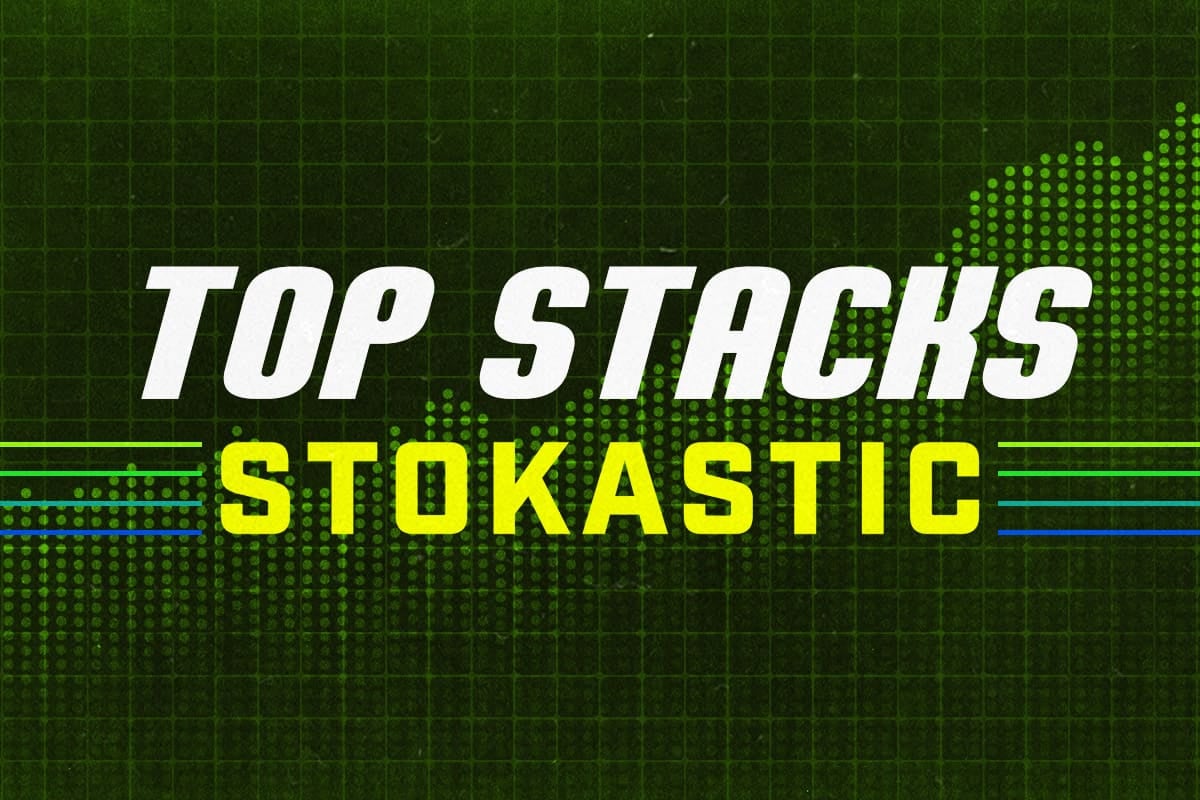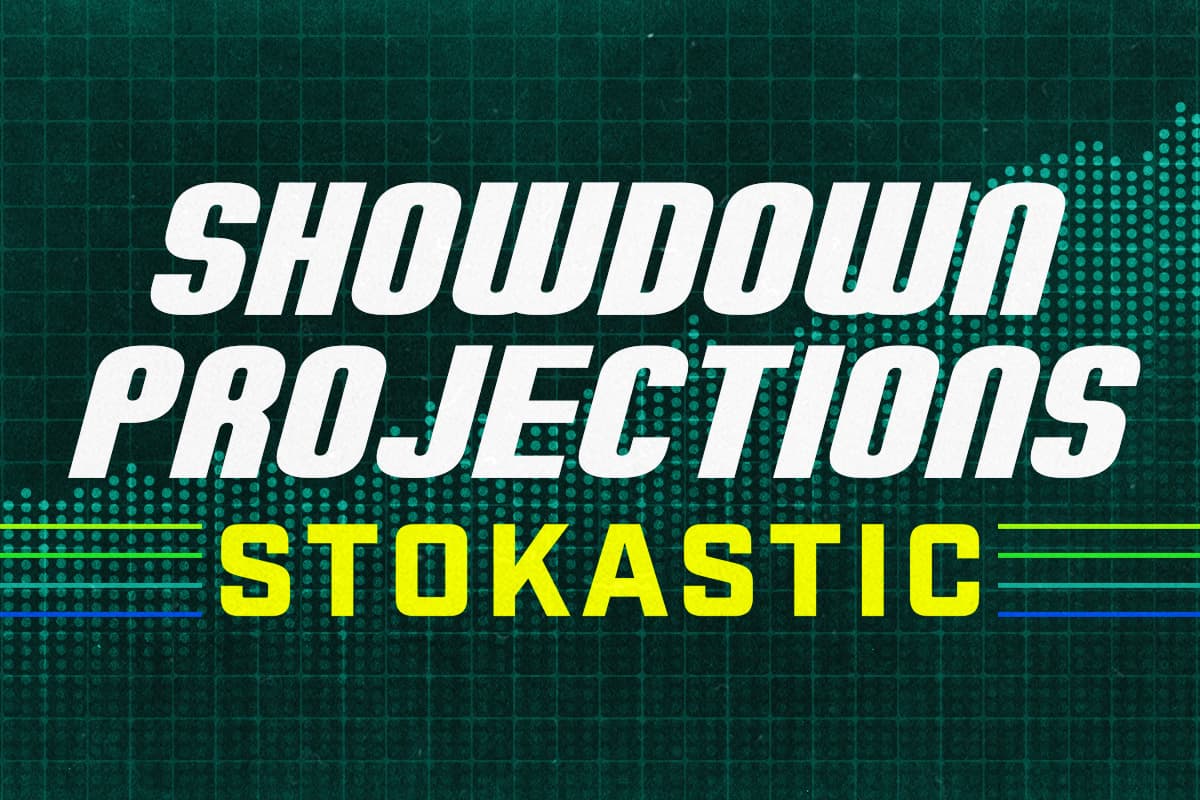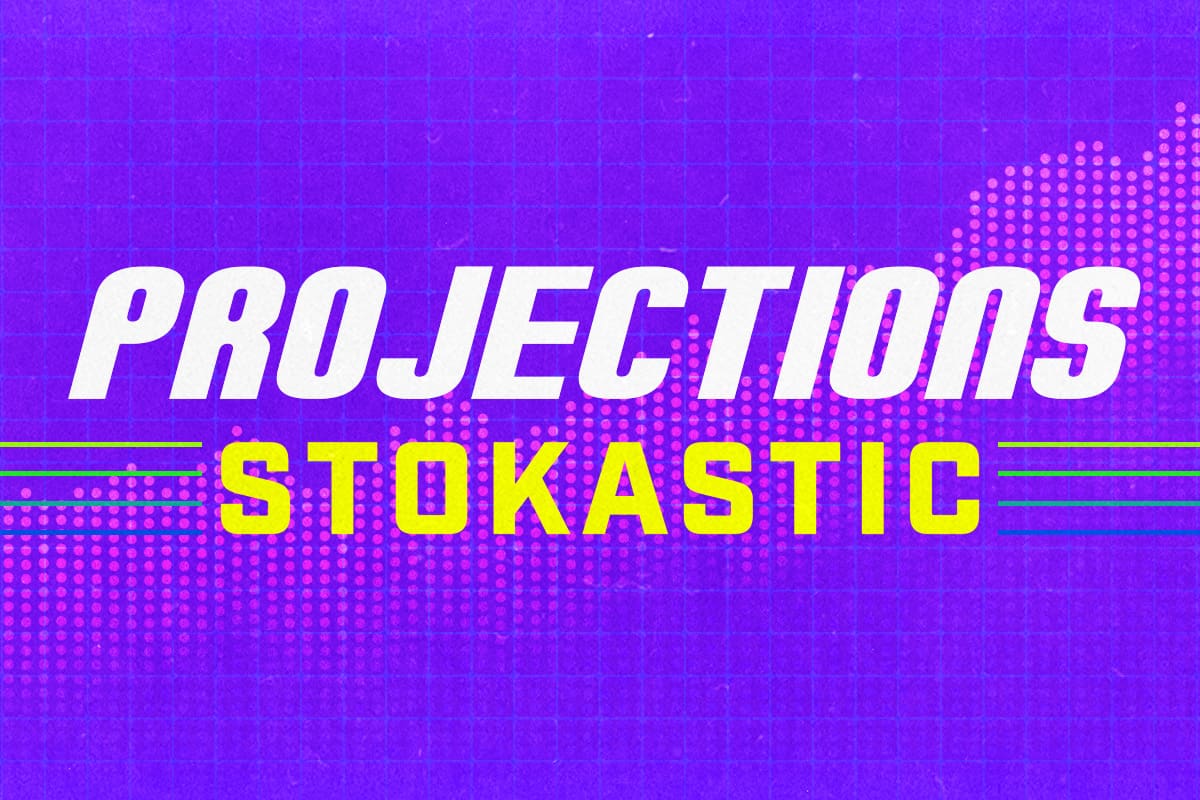NFL DFS
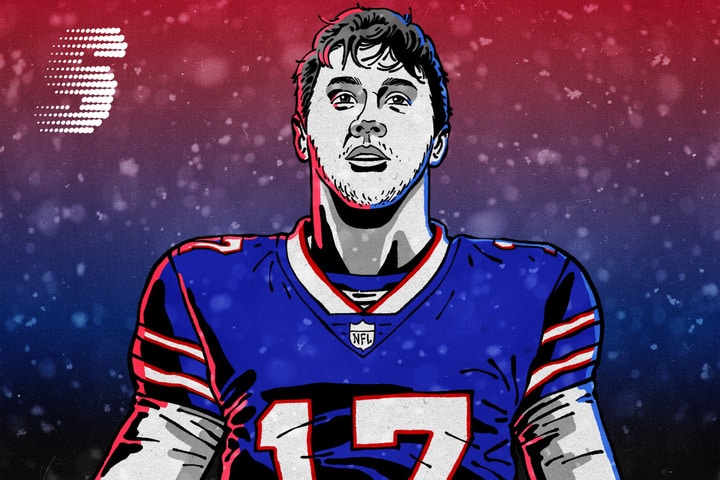
Underdog Best Ball Strategy Guide
More Articles
Premium Data
Stokastic on YouTube
Latest Video
How Do I Find the Best Sports Betting and DFS App Promos and Bonuses?
If you're new to DFS or sports betting, it can be tough getting started. We can help make getting started easy, because there are incredible sportsbook bonus codes and DFS app promo codes that are expressly designed to help new players get a leg up. In many cases, books like BetMGM offer as much as $1,500 bonuses for players getting started. Another popular type of promotion is "bonus bets" which can give you up to $150 just for placing a $5 bet at books like Bet365. On the DFS App side, Sleeper offers an incredible $500 deposit match.
Beginning players are encouraged to collect bonuses from as many sportsbooks or DFS apps as they possibly can. From there, it becomes simpler to build a bankroll using positive EV strategies like we provide with Bet Pro and OddsShopper. Use the links below to explore the best sportsbook and DFS app offers
About Stokastic Week 1 NFL DFS
To meet everyone’s needs for the 2023 NFL season, we put out a ton of NFL DFS content each and every day. From Stokastic’s projections, rankings and ownership projections, to articles and cheat sheets detailing our experts’ favorite DFS picks and pivots, to videos giving you access to the most up-to-date late breaking news and lineup advice in the minutes before lock, we have everything you need to help you set your daily fantasy football lineups on DraftKings and FanDuel. Be sure to check back for expert NFL Playoff picks and Super Bowl DFS.
Super Bowl LVIII NFL DFS
h2>
Super Bowl Sunday is almost here, and for Daily Fantasy Sports (DFS) players, it’s not just about the Kansas City Chiefs and San Francisco 49ers battling it out on the field, it’s about building the ultimate lineup to dominate the DFS competition. This year’s matchup promises an exciting showdown, with both teams boasting explosive offenses and dynamic playmakers. Let’s dive into some key strategies and potential picks to help you build your winning lineup for Super Bowl 58 DFS!
NFL DFS Week 1 Content
Here’s a list of some of our premium content for DraftKings, FanDuel, JockMKT, No House Advantage and Yahoo!. Don’t forget we’ve got loads of FREE NFL DFS content all week long, including articles, podcasts and data.
Projections
Daily Fantasy Football Point Projections (Premium, posted Tuesdays and updated throughout the week): Our fantasy point projections break down every element of a player’s projected performance and synthesizes thousands of data points into one easy-to-use daily fantasy football point projection for each player that can be used as a reference for hand-building lineups or plugged into an optimizer to create hundreds of lineups within seconds. The projections page also provides underlying data including each expected targets, Vegas lines, usage rates and much more.
Ownership Projections
NFL DFS Ownership Projections (Premium, posted on Wednesday mornings and updated throughout the week): As the competition becomes increasingly sophisticated, it’s not only important to know who the best plays are but also who the best players are that no one else talking about. Ownership projections provide you insight into where the “field” (other players) will land, how you can pivot away from over-owned and target under-owned players, and give you the competitive advantage you need to take down large daily fantasy football GPPs.
Daily NFL DFS Content for Week 1
After using our industry-leading tools, which are updated daily to fill your DFS needs, we also provide daily content from some of the best DFS players on the planet. With stalwart position in NFL DFS, our Stokastic team provides all the written help one can need to make the best NFL DFS lineups, decisions and more possible.
About Stokastic NFL: Stokastic’s expertise extends to producing DFS projections for NFL. Our DFS projections incorporate a sophisticated algorithm that factors in several essential aspects, including player performance, team matchups, injuries and more. As a result, the tool generates a thorough set of projections that can help DFS players make informed decisions when building their lineups.
This year’s NFL season will be the 104th season in history and is scheduled to begin on September 7th, 2023. The NFL Playoffs are scheduled to start mid-January 2024 and the Super Bowl is scheduled for February 11th, 2024 at Allegiant Stadium in Paradise, Nevada. We’ll have all the best NFL Playoff DFS picks as well as Super Bowl picks ready when the time comes!
Nevertheless, our development team continues to work on data and tool advancements for the season. While we already offer some of the best tools in the entire industry, keep an eye out for innovative products our team has been crafting for months, which will allow players their best chance at succeeding.

